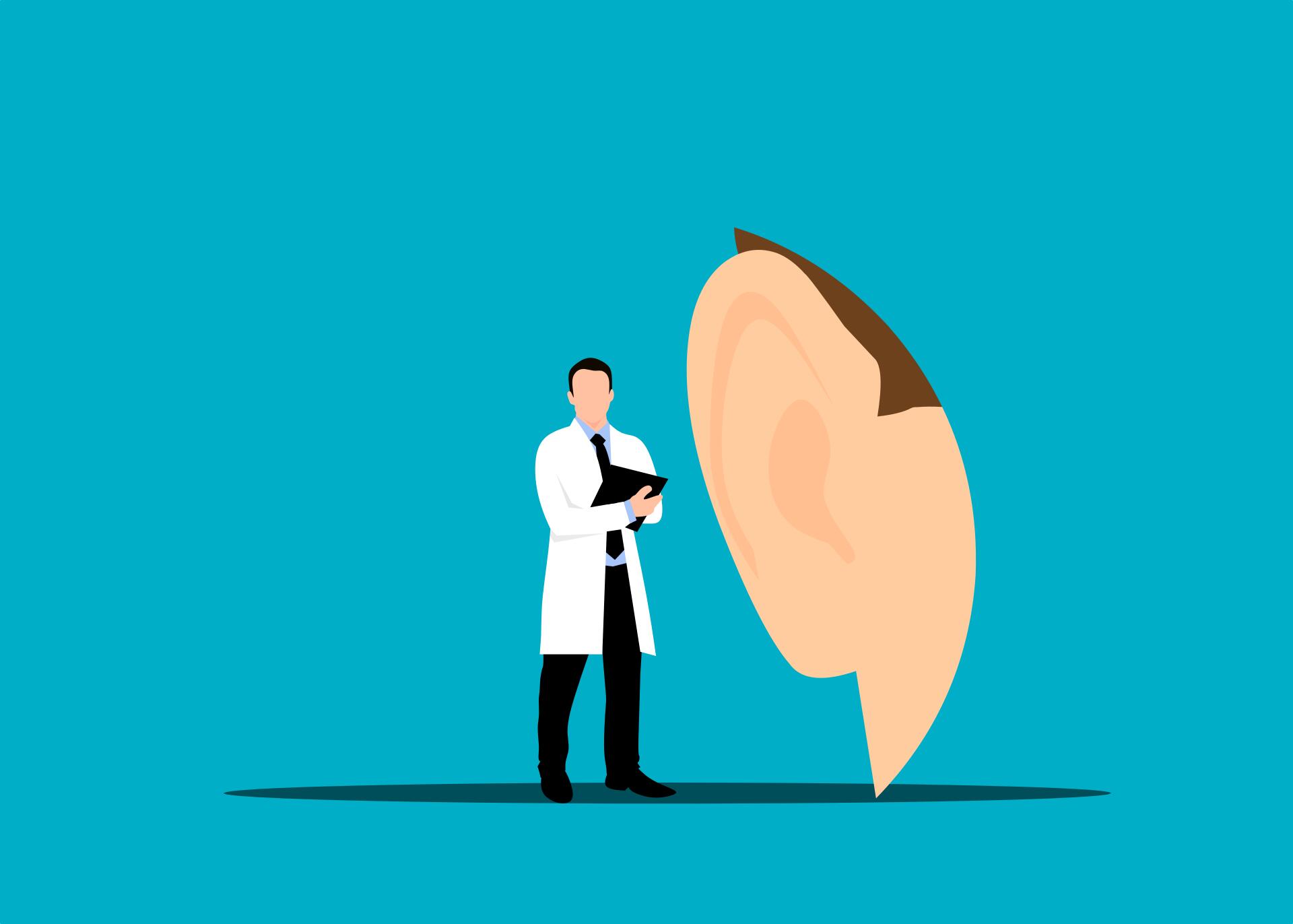
Decode the Color of Your Ear Wax: A Guide to Better Health

Imagine if the world no longer had traffic lights. The roads would be chaos without the red, yellow, and green drivers have gotten used to.
The body tends to have “traffic lights” as well. The color of anything that comes out can signify what’s happening inside.
One of the most underrated is earwax. It doesn’t always have the same recognizable yellow color. Any changes can be valuable early signs of various conditions.
Read on to learn what the color of ear wax can tell you about your health.
What Is Ear Wax?
Ear wax is medically known as cerumen. It forms when substances within the ears combine with:
- Dead skin cells
- Sweat
- Hair
- Debris
It may seem like a waste product that only exists to be disposed of, but it has several important functions.
It lubricates the inner ear. This prevents it from getting dry and irritated.
It protects the ear canal by trapping debris or germs, which makes it vital in preventing infections. The body’s natural motions, such as chewing and talking, push it out when it’s no longer needed.
Ear Wax Types
Color isn’t the only way to identify your ear wax and what it’s saying about your health. There are different ear wax types.
One reason for the differences may be age. Children have softer, lighter earwax than adults.
Another reason is genetics. Those of East Asian descent tend to have flaky, white earwax. This is entirely normal and due to the presence of the ABCC11 gene. Other populations have stickier, more yellow earwax by comparison.
What Ear Wax Color Means
Earwax is often ignored, but it uses a color-coded system to warn you about potential issues in your body. All you have to do is listen to it.
Knowing what ear wax color means helps you identify what the wax can tell you about your health. That allows you to respond with early treatment.
Normal Colors
White earwax isn’t typically abnormal, especially if it’s the type you normally notice. It could simply be the result of your genetics. Keep an eye on it because it could be the first sign of dry ears or an infection. It can also result from skin conditions such as psoriasis or eczema.
Off-white to yellow ear wax is normal. The color indicates that it’s fresh and recently produced.
Orange or light brown ear wax isn’t as fresh. The darker it is, the older it is. It also indicates that debris may be trapped within.
Dark brown or orange wax is even older. In most cases, it’s close to exiting the ear naturally.
Concerning Colors
Identifying health signs from ear wax comes from knowing which colors are normal and which are not.
Gray wax can be a concern. It could indicate dust or particle buildup in the ear.
Green or green-tinted wax is one of the first signs of an ear infection. Other signs include:
- Pus
- Foul odors
- Fevers
- Balance issues or vertigo
Black wax indicates a buildup. This may result from impacted earwax, but it’s also common in those who wear hearing aids.
Red-stroked earwax or any presence of blood is concerning. It can be the result of issues such as:
- Injuries
- Bug bites
- Ruptured eardrums
Ear Hygiene Tips
The ear is a delicate system, so the best ear hygiene tips aren’t extensive. Pushing too hard or going too far to clean it can cause more problems than it fixes.
Cleaning should be easy and unintrusive. You can also try flushing, extraction, or over-the-counter drops.
Easy Cleaning
Don’t use cotton swabs or any sharp objects to remove earwax. They can push it deeper into the ear canal or cause injury. You could even rupture the eardrum.
Clean only the outer ear. Use nothing but mild soap and water and wash off with a towel.
Flushing and Extraction
There are a few reasons you may develop too much earwax. They include:
- Sweat
- High stress levels
- Large amounts of ear hair
- Chronic ear infections
- Overcleaning the ears
There are safe flushing and extraction methods to help you get rid of the extra wax that your body won’t remove naturally.
Soak a cotton ball with a small amount of water. Push a few drops into your ear, then let it drain.
You can also try using an irrigation syringe. Fill the syringe with water, then push the tip into the top of your ear canal. Allow it to drain out.
Over-the-Counter Drops
If traditional cleaning and flushing methods don’t work, try over-the-counter drops for earwax removal. There are two primary types.
Water-based drops break up earwax to make it easier to remove. Oil-based drops soften it so that it will easily slide out of the ear canal.
Know When to See a Doctor
Impacted or built-up earwax can cause serious damage or even hearing loss. The color of ear wax is one sign of this potentially serious issue. You should also look for symptoms such as:
- Pain
- Ringing in the ear
- Feelings of fullness
Seek professional help if you experience any of these symptoms. You should also go if you notice signs of an infection or have any discharge that isn’t earwax.
The doctor will use an otoscope to examine the ear canal and see if any damage exists. They may use methods such as flushing or drops. They also have access to professional treatments such as:
- Suction
- Water picks
- Curettes
In severe cases, you may be referred to an ENT or ear, nose, and throat doctor. These specialists can help you relieve your symptoms.
Finding an Online Pharmacy for All Your Health Needs
The consistency and color of ear wax provide early signs of potential health issues. Green hints at infections, red signifies bleeding, and gray indicates dust buildup.
Kiwi is a secure international online pharmacy backed by a network of successful, certified pharmacies in New Zealand, Australia, the UK, the USA, Canada, and India. We offer the highest-quality pharmaceuticals at affordable prices.
We use the latest encryption software to protect your purchases. Our team also ensures that your products are delivered expressly. Contact us to place an order today.
Related Posts


